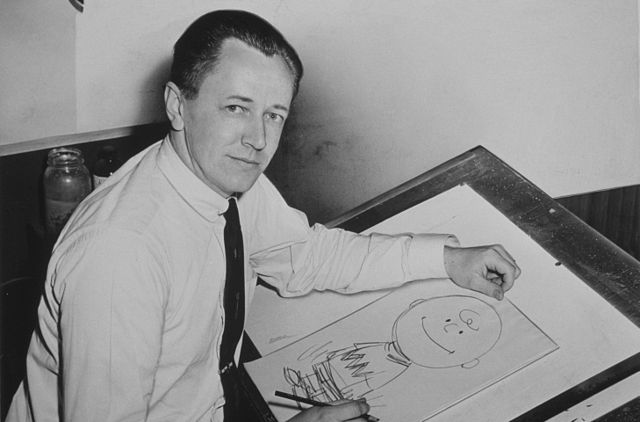
Today is, as you’re surely aware, the 70th anniversary of the Japanese attack on Pearl Harbor that sparked America’s involvement in World War II.
I’m not sure what to say. I’m tempted to write something nostalgic about the kind of America (I grew up in its backwash, and so remember it a little) that could unify in the face of aggression and dig in for the long haul, making sacrifices for the sake of victory—and justice. Errors were made of course. No one is proud of the internment of the American Japanese. And yet even that demonstrates the differences between that America and ours. Instead of assuming the mantle of victimhood, the Nisei grimly set about proving their loyalty beyond all doubt—a profoundly American response that secured for them an honored place in our society forever.
In contrast, I find on Robert J. Avrech’s Seraphic Secret blog a report that shocks and shames me. It’s not an apples to apples thing—he’s talking about Norway, not the United States. But Norway is my second favorite country, and one of the countries our political leadership looks to today as a model. Norway, like the U.S., is no longer the country it was when it was attacked in the 1940s. Continue reading Pearl Harbor before swine




